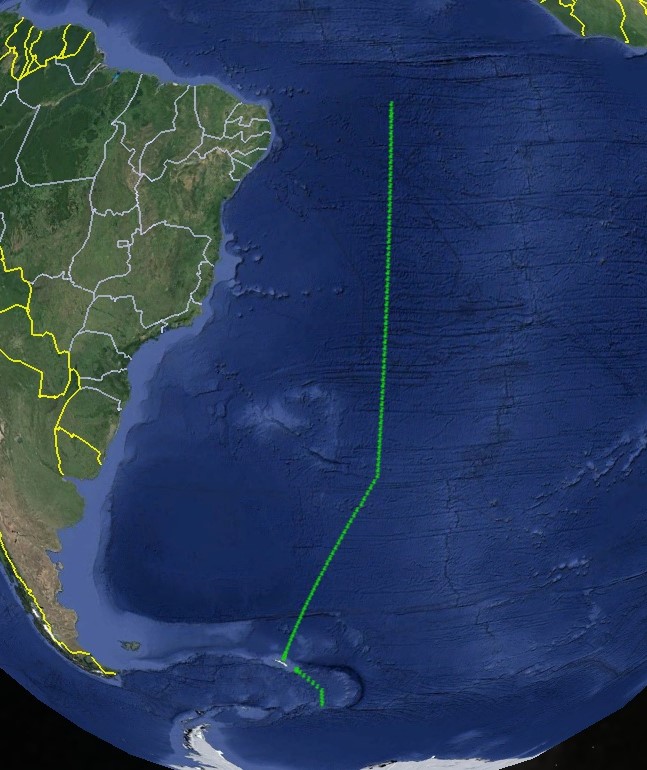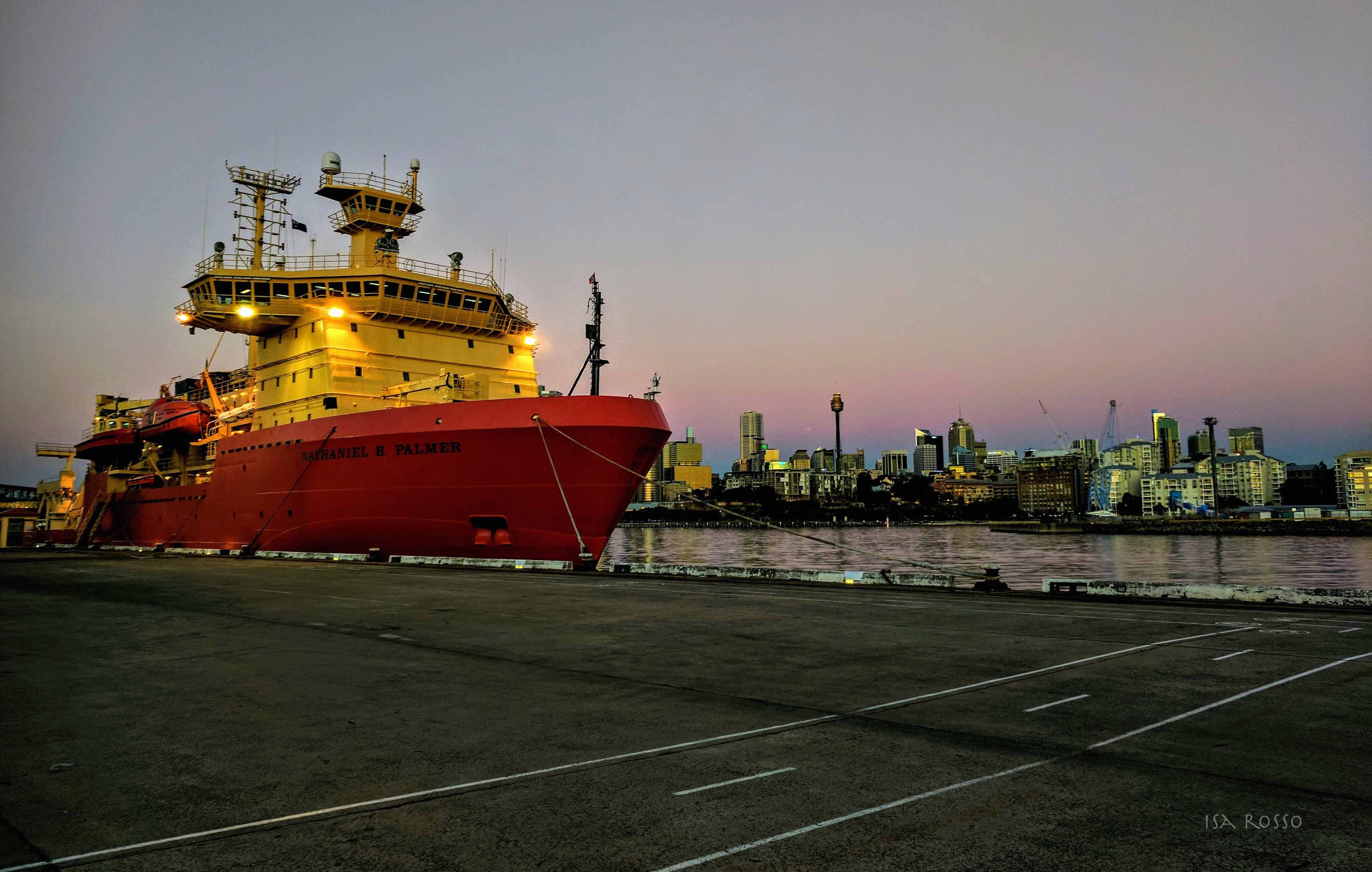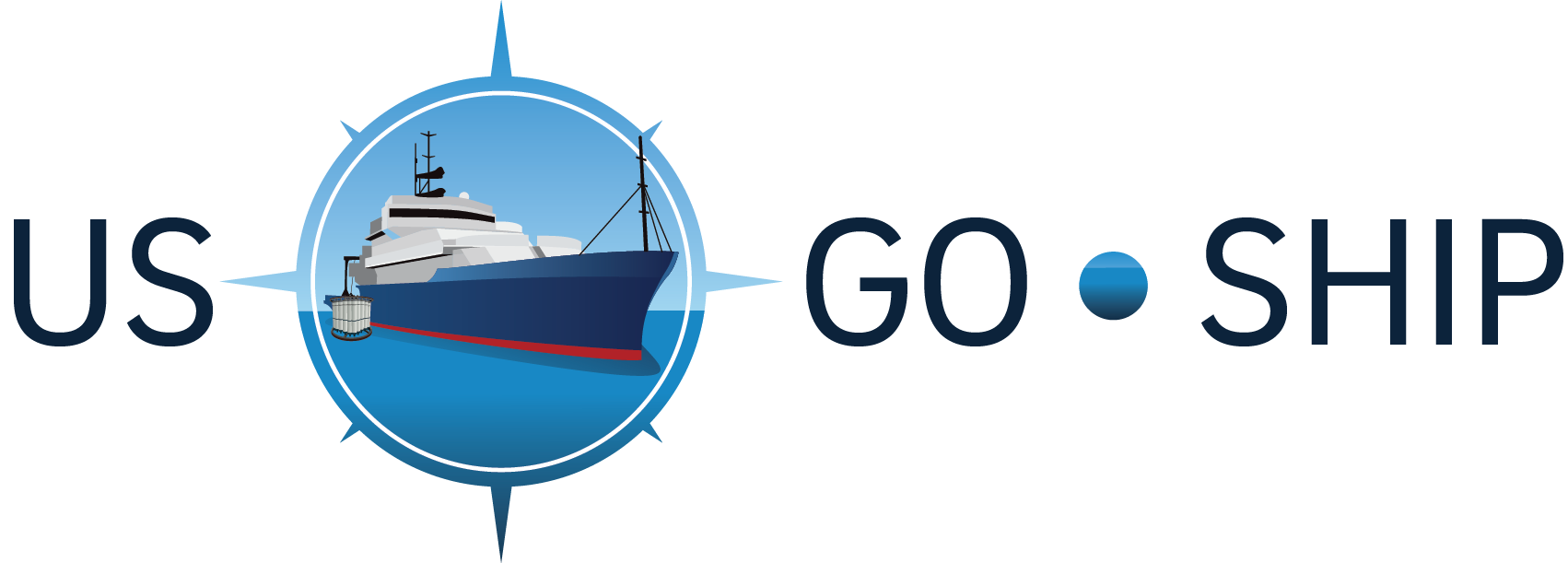U.S. GO-SHIP
(U.S. Global Ocean Ship-based Hydrographic Investigations Program)
What Is U.S. GO-SHIP?
US GO-SHIP is part of the international GO-SHIP network of sustained hydrographic sections, supporting:
-
Physical oceanography
-
The carbon cycle
-
Marine biogeochemistry and ecosystems
-
Global ocean/climate observing system
The US program is sponsored by US CLIVAR and OCB.
Funded by the National Science Foundation and NOAA.
News & Job Postings
Seeking Chief Scientist for 2026 P04E (Deadline 8/15/25, until filled)
July 18, 2025RSMAS Phys. Ocean. Post-Doc Opportunity (Deadline: Aug 1 – until filled )
June 24, 2025Congrats to the Bio-GO-SHIP Team on their NOPP Excellence in Partnering Award
May 15, 2025Congrats I09N Team on a Successful Cruise! Read the Blog and Weekly Reports
March 21, 2025Upcoming Cruises
2025: I09N was a success on R/V Thompson in March/April. A16S (NOAA Ship Ronald Brown) is scheduled for austral summer.
2026: P04E (R/V Revelle) is tentatively scheduled for March/April. Being considered are ARC01 or P06 (summer).
2027: P16S/C and P16N are being considered.

Austral Summer A16S along ~30°W
Delayed by NOAA ship's Ronald H. Brown's extended dry dock, expected December 2025. The line occupies stations from 6°N to 60°S in the South Atlantic. This will be the 3rd full occupation of this line. Stay tuned for the schedule, blog, and weekly reports.

P04E along ~9.5N
Planned for R/V Roger Revelle for March-April 2026. This line occupies stations along ~9.5N from east to west and, if possible, overlaps one or more stations with the easternmost P04W observations carried out by our colleagues at JAMSTEC in the spring of 2025.
U.S. GO-SHIP Monthly Webinar
On the third Tuesday every month at 11am PT / 2pm ET, tune in to hear from GO-SHIP PIs and participants about how data are used in a variety of projects.
Upcoming speakers:
August 11 (bonus webinar due to rescheduling): Viviane Menezes (WHOI) and Leah Chomiak (UM CIMAS) report on I09N cruise
August 19: Danny Sigman (Princeton) “Quantifying the ocean nitrogen cycle using stable isotopes and hydrographic data: Nitrogen fixation as an example”
September 16: Larissa Dias (UW) and Stephanie O'Daly, Titles TBA
Contact us for the Zoom link or to suggest a speaker!
When citing U.S. GO-SHIP data, include the following text in the acknowledgments: ‘Data were collected and made publicly available by the U.S. Global Ship-based Hydrographic Investigations Program (U.S. GO-SHIP; https://usgoship.ucsd.edu/) and the programs that contribute to it.’
For more information, see "How to Cite GO-SHIP data"

